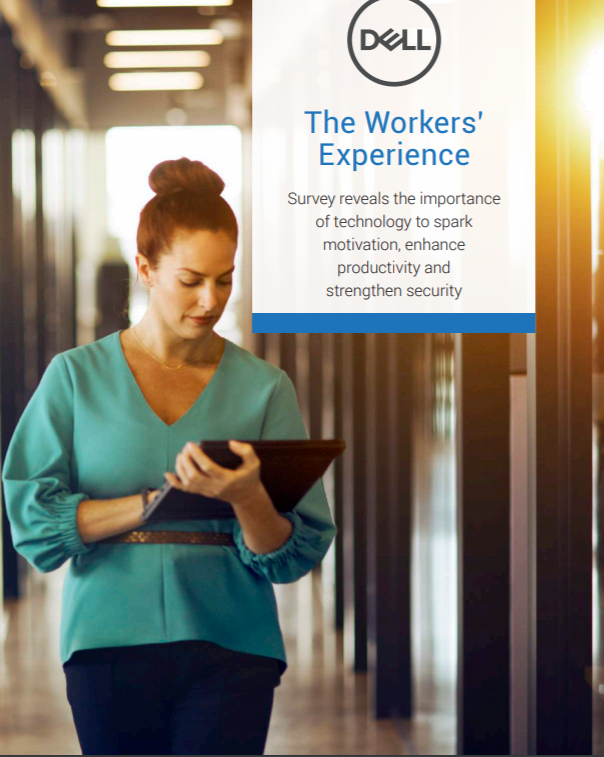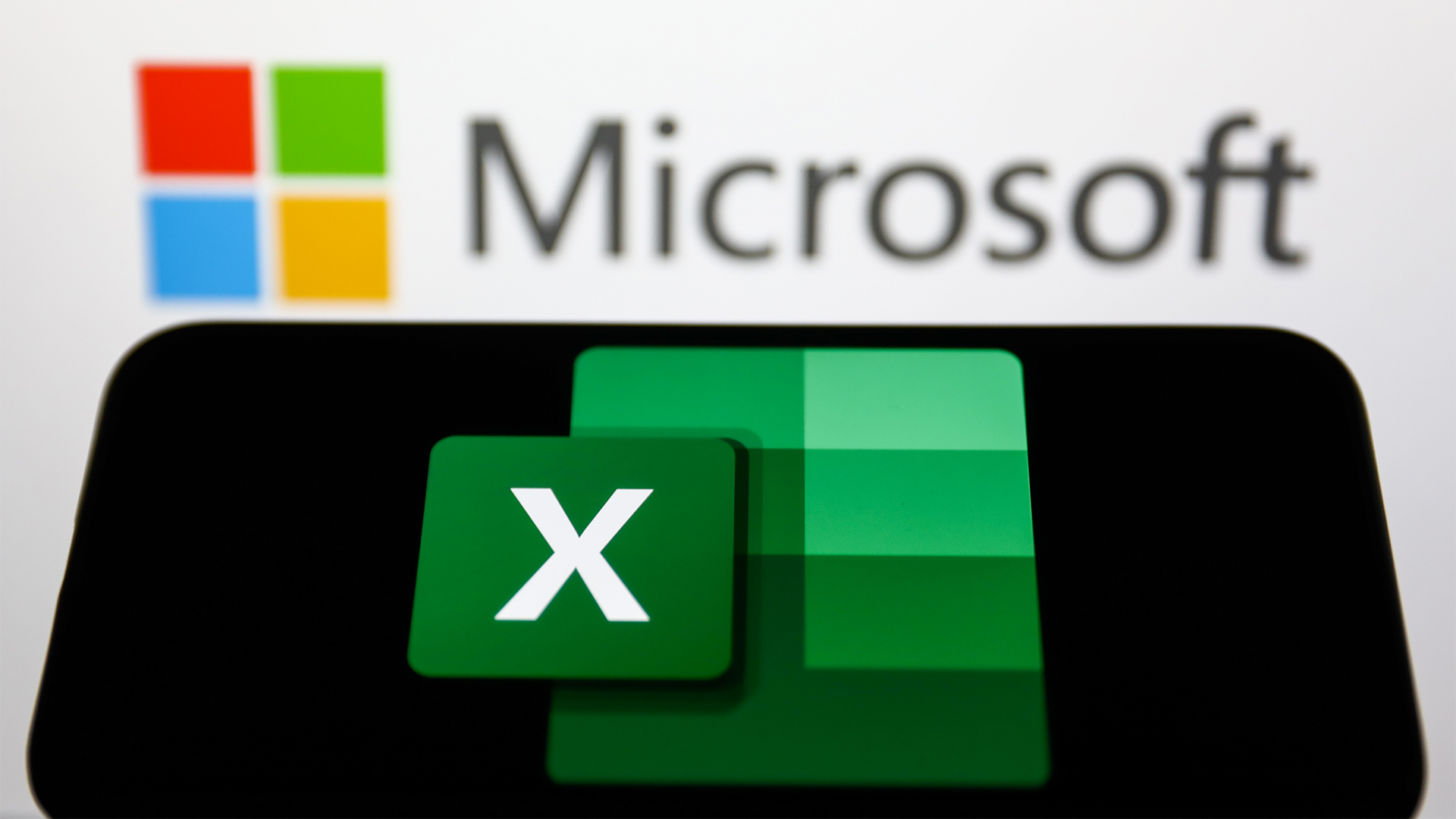Canadian laboratory advised to pay ransomware demand despite industry best practice
LifeLabs said it successfully retrieved 85,000 stolen lab results after negotiating with the hackers


A Canadian laboratory has agreed to pay hackers in order to retrieve some 85,000 stolen data records after being advised to do so by cyber security experts.
LifeLabs, a provider of clinical laboratory services, said that information on approximately 15 million customers was also potentially accessed.
The company was breached in October when an unnamed party infiltrated the lab's computer systems. In an open letter, the company said that it involved customer names, addresses, emails, logins, passwords and health card numbers.
There were also 85,000 test results stolen in the breach which impact customers located in Ontario from 2016, or earlier, according to the firm.
LifeLabs CEO Charles Brown said that it had taken several steps to protect the stolen information, with one of those being "retrieving the data by making a payment". It did this on the advice of "experts familiar with cyber-attacks" and after negotiations with the hackers.
RELATED RESOURCE

The workers' experience report
How technology can spark motivation, enhance productivity and strengthen security
There isn't much detail as to how the perpetrators gained access to the lab's systems but it does further highlight how prolific ransomware has become. The practice of paying hackers has been discouraged by many in the industry as it not only helps to directly fund a criminal enterprise but there is no guarantee that data will be returned after payment.
It was even revealed recently that 40% of security professionals believe that the handing over of funds to hackers should be criminalised, according to an AT&T security study.
Sign up today and you will receive a free copy of our Future Focus 2025 report - the leading guidance on AI, cybersecurity and other IT challenges as per 700+ senior executives
There was also a question of whether LifeLabs should face regulatory action, as it only informed British Columbia of the breach on 28 October. However, discussing why the information has only just come to light, Health Minister Adrian Dix told CBC that there was a concern about a secondary attack.
"Naturally, all of us would have wanted immediately for people to be informed, as quickly as possible," he said. "The only reason there was a delay was to ensure that information that hadn't been compromised wouldn't be compromised and that information that could be protected would be protected."
Bobby Hellard is ITPro's Reviews Editor and has worked on CloudPro and ChannelPro since 2018. In his time at ITPro, Bobby has covered stories for all the major technology companies, such as Apple, Microsoft, Amazon and Facebook, and regularly attends industry-leading events such as AWS Re:Invent and Google Cloud Next.
Bobby mainly covers hardware reviews, but you will also recognize him as the face of many of our video reviews of laptops and smartphones.
-
 TPUs: Google's home advantage
TPUs: Google's home advantageITPro Podcast How does TPU v7 stack up against Nvidia's latest chips – and can Google scale AI using only its own supply?
-
 Microsoft Excel is still alive and kicking at 40
Microsoft Excel is still alive and kicking at 40News A recent survey found Gen Z and Millennial finance professionals have a strong “emotional attachment” to Microsoft Excel
